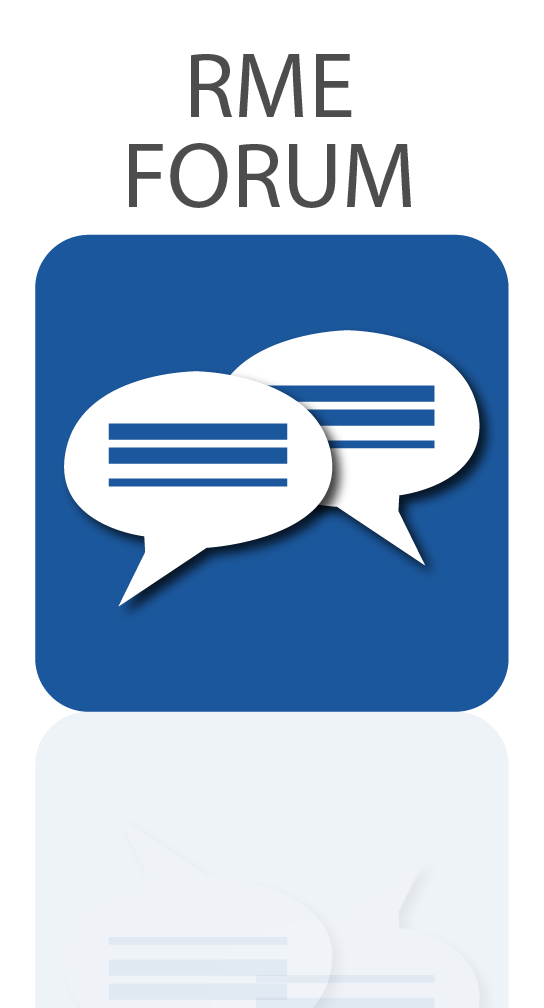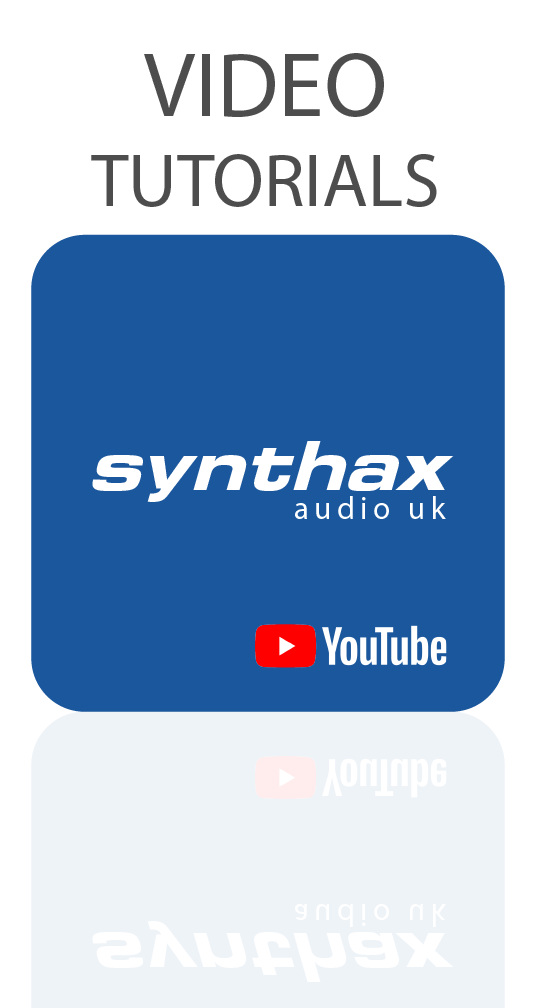Producer and engineer Kevin Porée has been recording and mixing for over thirty years. Having recently demoed three microphones from the Lauten Audio Signature Series at his studio – the Atlantis FC-387, Oceanus LT-381 and the Eden LT-386 – he was kind enough to give us his verdict on each one.
 It was a distinct privilege to have three Lauten Audio mics: The Eden, The Oceanus and The Atlantis for a couple of weeks. There are several detailed and technical reviews of each of these online, and I don’t propose to duplicate them. Rather, I’m keen to share my overall impressions of using the microphones on real sessions, discussing their strengths and foibles, their usability and desirability.
It was a distinct privilege to have three Lauten Audio mics: The Eden, The Oceanus and The Atlantis for a couple of weeks. There are several detailed and technical reviews of each of these online, and I don’t propose to duplicate them. Rather, I’m keen to share my overall impressions of using the microphones on real sessions, discussing their strengths and foibles, their usability and desirability.
When I was shown them by Martin and Jason at Synthax UK, my first impression was that, visually, they were monsters: all very large mics with a beautiful and stunning visual aesthetic, and a very impressive girth. The Eden and the Oceanus are valve mics, and come with power supplies, custom cabling, and flight cases that you could (probably) drive a car over without causing any damage.
The Atlantis, a solid-state mic, comes in a rather lovely wooden case. It was clear that these were built like brick shithouses, and no corners had been cut in their construction or presentation.
The Atlantis and Oceanus also come with very well-engineered suspension cradles, while the Eden’s support is (semi-permanently) attached to its body, adding to the unique appearance of the mic. It was immediately clear to me that putting any of these mics in front of a performer would make them feel special, and inspire them on the way to greatness. And so it turned out.
“It was immediately clear to me that putting any of these mics in front of a performer
would make them feel special, and inspire them on the way to greatness.”
These are all large diaphragm condensers, but they’re all very different mics. While the Oceanus makes do with just the one voice, the Eden and the Atlantis are multi-voicing mics, each with a “Forward”, “Neutral” and “Gentle” setting. Frankly, when Jason explained the multi-voicing aspect of the mics, my eyes rolled – it sounded a little gimmicky and over-engineered. I want to use a world-class mic, and my assumption was that, in trying to give the user three mics in one, none of the voicings would be of the standard I’d look for. I feel that I’ve had a lot of experience of designers filling their audio products with unnecessary “value-added features”, when they would have been better off keeping it simple. “I just want a mic to be a mic” was echoing around in my head…
A few words about me. I’ve been producing, arranging, recording and mixing professionally for thirty years. For twenty of these I ran Berry Street Studio in central London. I work on all sorts of projects in all sorts of genres. I’m obsessed with trying to create good recordings, and, after many years, still love what I do. I’m a little bit of a mic fetishist and, over the years I’ve had some very nice mics in the locker: C12s, U47s, U87s, U77s, K800, 414s, Soundfield SPS422, Schoeps Collette etc etc. I’m fussy about microphones, and had read about, but never used a Lauten, so I was very curious.
 Lauten Audio Atlantis
Lauten Audio Atlantis
The first mic Synthax lent me was the Atlantis, the solid-state, multi-voicing mic. Obviously, there’s a high degree of subjectivity here, but in my opinion this is hands-down the nicest FET LDC I’ve ever used. How can I describe it? It’s a very big sound, and very well-balanced. There’s not a hint of harshness here: the top-end is very well-controlled, and the low-frequencies seem to extend below what you’d expect without it sounding in the least bit hyped.
I like an LDC to flatter the sound, and the Atlantis does this in spades. It has some of the creaminess you’d associate with a good valve mic. It got put in front of a kick drum, and produced what the engineer said was the best kick drum sound he’s ever had. I’m working on a jazz album with a singer who has a very rich mezzo tone. She loved it immediately, and out went the previous mic, which up till then we’d felt was doing a good job.
I used it on a solo violin as part of an Americana session, and, again, it was stunning. I used it on an alto flute for the jazz album: perfect. I’ve been using it for voiceover on a TV series which is currently in production with Paul Hollywood. It sounded like a million dollars, and its looks were admired. After using it on two sessions I bought it, and I really wasn’t in the market for an FET LDC. I genuinely think that anyone who uses this mic will want to own it.
“this is hands-down the nicest FET LDC I’ve ever used…
… After using it on two sessions I bought it, and I really wasn’t in the market for an FET LDC.”
So what about the multi-voicing, and my scepticism about it? Well, from my first use of it, I was very happy to admit that I was completely wrong. Far from being a useless gimmick, the multi-voicing is fantastic. I used the Gentle setting on violin, banishing anything scratchy or screechy from the sound. The top-end was still there; there was nothing muffled about it – it was just, well, gentle… It sounded a bit like I’d taken 3kHz down by 2dB on a good Baxandall EQ.
Gentle also brought forward the body of the alto flute, while diminishing key noise. Neutral is my starting-point, and I can imagine using either Neutral or Gentle more than I’d use Forward. If I were recording pop vocals, though, Forward would be my go-to voicing. All of these voices are phenomenal, and you really do have three world-class mics in one with the Atlantis.
Unusually, the Atlantis also has a switch with a 10dB pad and a 10dB boost. I was very pleased about this when I was recording violin. The mic pres at the studio were ok, but nothing special, and I felt that pushing the pre a bit more with the mic resulted in a more solid sound. I have to add here, though, that when I did a spoken-word test with all three Lauten mics with a TLM 103 as the control-mic, the Atlantis’s output was well below that of the TLM 103, which I’d never really picked for a particularly hot mic.
Engaging the +10dB switch brought it up above the TLM103’s level, but I was concerned that the initial level wasn’t particularly strong. However, I’m splitting hairs here, because the actual sound from this mic is pure class, and output level was the only thing that the TLM103 had over the Atlantis. In every other respect the Atlantis pissed all over it.
Find out more about the Lauten Audio Atlantis FC-387
Lauten Audio Oceanus
As I mentioned earlier, the Oceanus has only one voice. But what a voice… The singer loved this mic, and it was responsive to her, providing a big flattering valve sound, and loads of detail.
Apparently the Oceanus has the one of the largest diaphragms in any mic. I wondered how controllable it would be as a consequence. In practice, the huge diaphragm not only gave a huge sound, but was also very kind to a singer who occasionally moved around, and would have ended up off-axis on another mic.
“it does something very special to a singing voice, and it gives you
what you’d want from a big valve mic and a bit more.”
The Oceanus has serious girth, both physically and sonically, and really pleasant low-frequency and low-mids; but also a very open top-end, which has a quality a bit like engaging the Air Band on a Maag EQ. It has two valves, and is transformerless. It doesn’t really sound like a transformerless mic, though: it’s much kinder, warmer and more flattering than they tend to be. I imagine its main application will be on a lead vocal: it does something very special to a singing voice, and it gives you what you’d want from a big valve mic and a bit more.
Its proximity effect is immense, and, when it’s in Cardioid mode, allows a singer to play this mic like an instrument. I was a bit surprised at how open the top-end was, and I can imagine that this would be a very good multi-application mic, and an excellent choice for people recording to tape. My very slight reservation is that I had to use a de-esser when mixing the vocal I’d recorded with the Oceanus. The singer isn’t particularly ess-y, and I was surprised at having to de-ess the recording. I’m not holding this against the Oceanus, though: it’s another absolutely brilliant microphone.
Sadly, I didn’t get the chance to use it in a good-sounding room, so kept my work to Cardioid (with a reflection-filter). A brief listen to the Figure 8 and Omni modes, though, indicated that they had very distinct personalities, with the Omni pattern providing a less pronounced top-end, and Figure 8 giving a more polite, even sound.
Find out more about the Lauten Audio Oceanus LT-381
 Lauten Audio Eden
Lauten Audio Eden
The Eden is evidently Lauten’s flagship valve mic, and is another multi-voicing design.
The Eden, again, is a prodigious mic. It doesn’t quite have the length of the Atlantis, or the girth of the Oceanus, but it’s still gargantuan, and is truly beauty and the beast combined. All these mics are bloody heavy, but with the Eden you really do need a proper stand. Probably the most stunning-looking of these mics, it somehow reminds me of a luxury 50s Buick, or a Cadillac Eldorado. With its integral halo shockmount, and its combination of ceramic and nickel-plating, this has to be one of the most visually arresting mics I’ve ever seen.
Simply put, everything I recorded with this mic sounded beautiful. The sound is slightly thicker than the Atlantis or the Oceanus, and the differentiation between the voicings probably more extreme than the Atlantis. You can really hear the valve and transformer at work, generating that big, welcoming, flattering sound; and, largely thanks to the transformer, the Eden’s handling of transients is about the best I’ve heard – something that the singer picked up on very quickly.
For a few years my favourite valve LDC has been a Flea 47, but I think I’ve switched my allegiance. This is just a stunning mic. It doesn’t have the Atlantis’s +10dB feature, but it does have a choice of HPFs: one tailored for kick drums, and one for vocals. Again, this is the sort of idea that, in the hands of a lesser designer, could just be a crappy gimmick. Here, though, it works spectacularly.
Some very serious thought and design has gone into this mic, and, again, I’m convinced that anyone who uses one will want one. Just like with the Atlantis, the multi-voicing doesn’t dilute or diminish the power of the Eden: it gives you three rather glorious versions of a magnificent and incredibly flexible mic.
“Simply put, everything I recorded with this mic sounded beautiful…
… I’m convinced that anyone who uses one will want one.”
I’ve got a few small niggles with the Eden, but nothing serious. Firstly, I’m not 100% sure, but I think the Gentle voicing, especially in Cardioid and Omni, might tame the high-frequencies a tiny bit too much. However, like a good ribbon mic, the Eden takes EQ very well, so this shouldn’t be a problem.
I mentioned that the Eden is a very heavy mic. I presume the weight informed the decision to employ the aesthetically-beautiful (semi) integral shockmount. Like every aspect of this mic, the shockmount is incredibly well-engineered, but its design feels a little limiting in terms of mic placement: you can’t swivel the mic inside the mount. Also, Lauten have chosen to put the pad, pattern and HPF switches on the body of the mic. Some people will like this, but I find that having the switches on the power-supply is more convenient.
Ideally, I’d want the power-supply with switches next to me in the control-room, so that I can hear what sonic difference the voicing options and polar patterns make without having to traipse in and out of the live-room, or having the artist operate the switches.
Further, (and this really is a very minor point), the significantly more expensive Eden’s black flightcase is smaller and less impressive than that of the Oceanus (which has a larger and more monumental power-supply), and the Oceanus sits inside a nice Atlantis-style wooden case within the flightcase, whereas the Eden doesn’t. As I say, these are very minor points, and in no way detract from the Eden’s desirability.
The high-end valve LDC market, in particular, is very crowded, and I suppose that lots of factors come into play when a studio or producer is buying one: personal taste, brand-name, investment value, and so on. For what it’s worth, if I had to have just one valve LDC, I’d rather have an Eden than any of the others.
Find out more about the Lauten Audio Eden LT-386
“As you can tell, I loved all three of these mics. The sound is second to none.
The build quality, tuning, choice of components and attention to detail is magnificent.”
As you can tell, I loved all three of these mics. The sound is second to none. The build quality, tuning, choice of components and attention to detail is magnificent. They look the dog’s bollocks. I don’t think anything sounds better as an FET LDC than the Atlantis, and I don’t think anything sounds better as a valve LDC than the Eden.
I haven’t yet mentioned, though, what is really unique about them. I haven’t been comparing them to other mics, and that’s because not only are they very distinct from each other, but they don’t sound quite like anything else. We’re so used to every FET LDC trying to sound like an 87 or a FET 47, and every valve LDC trying to sound like a 47 or C12, that it actually takes you by surprise to hear mics of this quality that have their own voice (or voices!).
The design philosophy is clearly to make mics that sound and look unique. They’re not revolutionary; they owe something to classic designs, and they don’t throw the baby out with the bathwater; but they are very much themselves. To my mind, this is brave design, but also very smart design, and results in mics with a huge amount of integrity.
I’m very pleased to have bought the Atlantis. I’m using it all the time. For what they offer, all three of these mics are extraordinarily good value. I’ve got no money left for an Eden, though, because I work in music – but if I could afford an Eden, I’d probably buy two of them…*
* Editor’s note – we’re pleased to confirm that since writing this review, Kev has indeed added an Eden to his collection!
Our thanks to Kevin Porée. To find out more about his work as a producer and engineer, visit his website here.
Find out more about the Lauten Audio Atlantis FC-387
Find out more about the Lauten Audio Oceanus LT-381
Find out more about the Lauten Audio Eden LT-386

If you’d like to know more about any of the microphones produced by Lauten Audio, give us a call on 01727 821 870 to speak to one of our team or to arrange a demo.
You can also contact us here.























